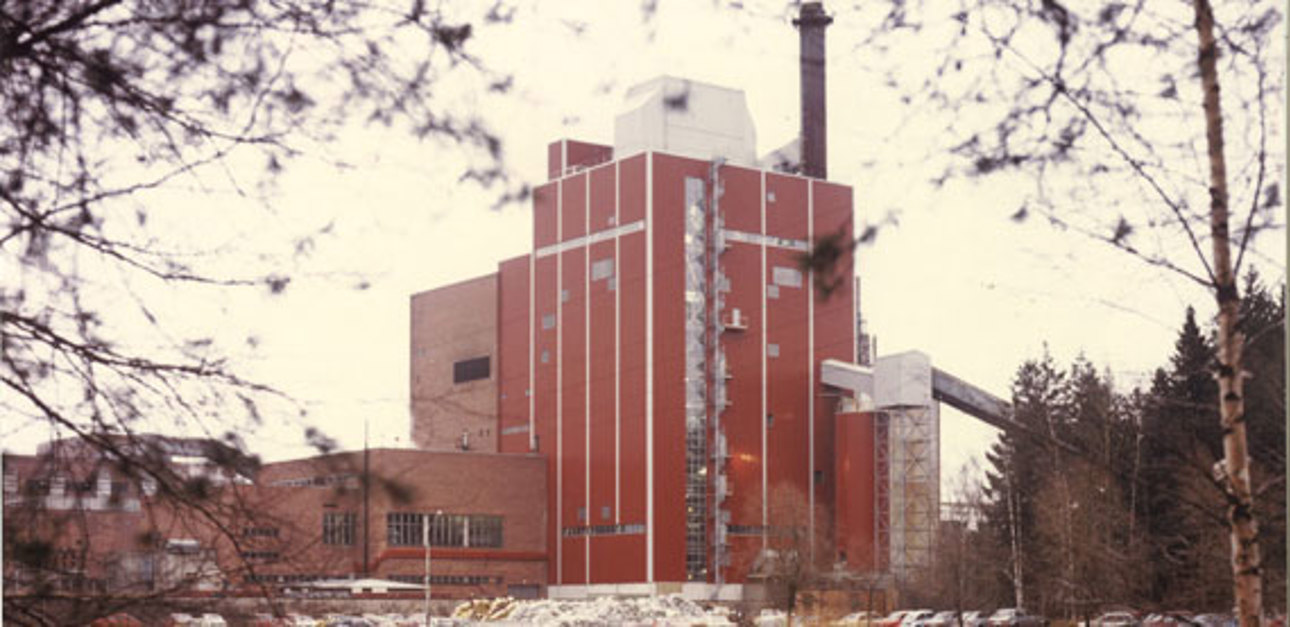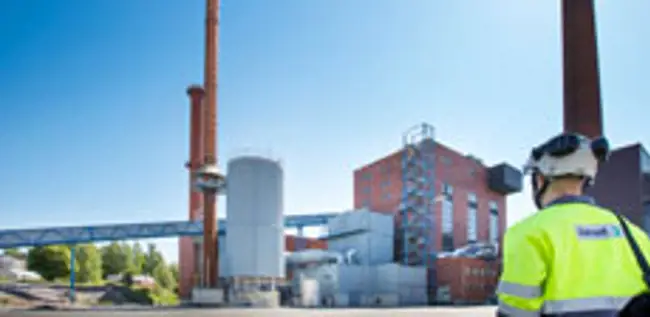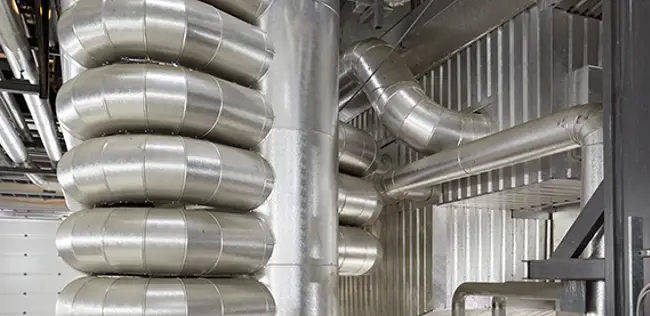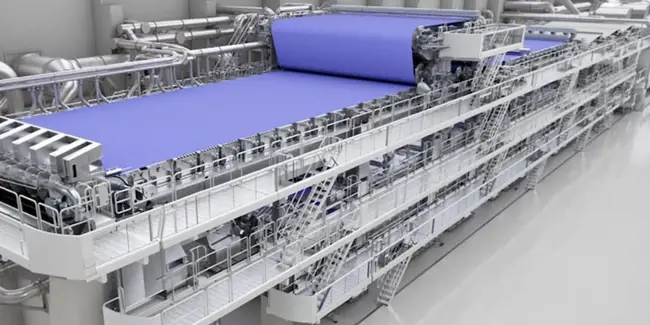Valmet BFB Boiler in Heinola: Over 30 years in service and still going strong
Apr 22, 2016
Commissioned in late 1984, a bubbling fluidized bed (BFB) boiler has been serving Stora Enso’s fluting mill in Heinola, Finland, for nearly 250,000 hours.

The 80s saw a high number of technological advances; one of them was the introduction of fluidized bed boiler technology. Valmet’s (Tampella at the time) first large boiler representing this innovative concept has continued producing process steam for boardmaking and heat for the district heat network of the city of Heinola for now well over 30 years.
Looking back over the past three decades and more, Jukka Louhimo, Product Manager, Valmet, remembers the case well. “I was a young product engineer at the time, and the Heinola boiler was one of the first deliveries in which I participated. Our BFB solution combined with a pulverized coal firing system had not been tested anywhere else earlier, so the case involved a lot of research and development.”
The 120 MW boiler plant was designed to run on milled peat, bark and sludge from the mill’s wastewater processes. To ensure full capacity, the boiler was equipped with pulverized coal fired load burners. “We recognized the furnace slagging risk that coal combustion presented for the bed. However, there have never been any slagging problems,” Louhimo adds.
In the following five years, the BFB boiler in Heinola was an important reference for the supplier. As one of the first large multi-fuel boilers based on BFB technology in the world, it aroused international interest. Louhimo recalls: “For example, a Spanish customer shipped eucalyptus bark for combustion tests, and the successful trials led to an order.”
High availability is a must
In addition to the original fuels – milled peat, bark and sludge – the boiler is fueled today with forest residues. Coal and oil are used in the load burners during the peak loads in winter. Oil is used as the backup fuel in case of disruptions. The bed has a capacity of 85 MW.
Since its commissioning, the BFB boiler has been running for nearly 250,000 hours. “Its availability has been on a good level. As it is our main boiler, high availability is a must, and only one two-week service shutdown is allowed for it,” points out Eija Liikola, Development Manager, Energy Department, Stora Enso Heinola Fluting Mill. “We continuously check and monitor the boiler condition and carry out proactive maintenance work on it.” There is a three-year agreement for boiler inspections between the plant and Valmet.
In 2006, Valmet upgraded the boiler’s automation system to Valmet DNA as well as supplied a safety interlocking system and a Valmet DNA LCP Emission Monitoring application. In 2007, Valmet delivered a flue gas scrubber and an electrostatic precipitator for the power plant. The investment resulted in low sulfur and dust emission levels. Valmet upgraded the fuel feeding system in 2012 and rebuilt three superheaters in 2015.
“Boiler availability is now even more important than earlier since the operating license of our backup boiler expired as of January 2016. If there is an unscheduled boiler shutdown, the whole fluting mill has to be shut down,” Liikola remarks.
Next: the NOx challenge
One of the challenges with all aging boilers is that they have not been designed for today’s tightening emission limit values.
“Our big challenge lies with NOx emissions. Valmet has carried out some studies, and it seems that a Selective Catalytic Reduction (SCR) system might be the only alternative for us,” Liikola continues. “We will make the final investment decision after the Best Available Techniques Reference Document has been finalized. As its limit values can be lower than those in the Industrial Emissions Directive, we don’t want to make investments twice.”
Related articles




